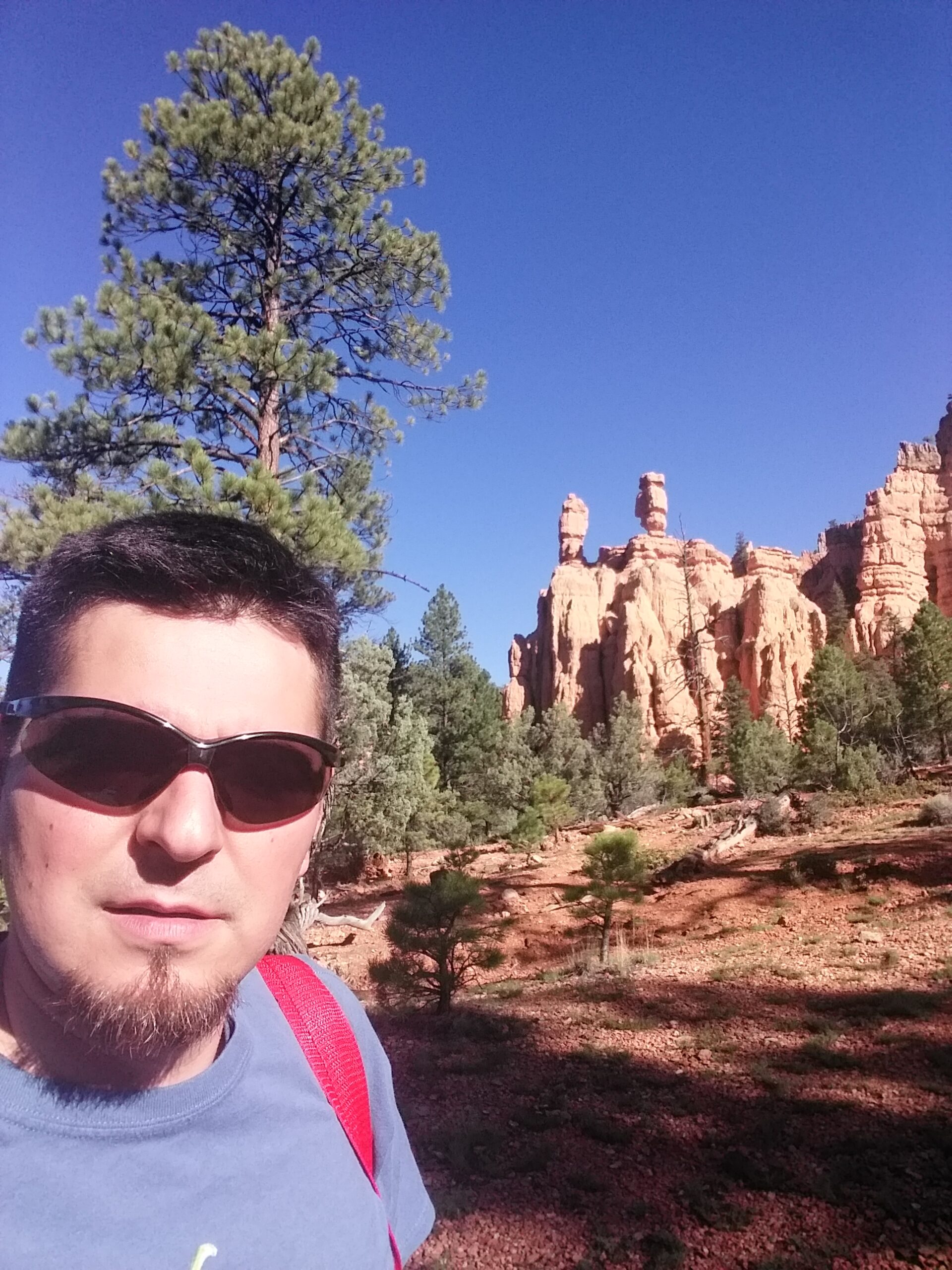What is Shell Mound?
Shell mound is located near Little Egg Harbor Bay in Tuckerton New Jersey, measuring more than 100 feet in length, 15 to 20 feet wide, and rising more than 12 feet above the ground. The mound is estimated to be hundreds of years old and created before the town’s first European settlers. It is unknown who discarded the Oyster, Conch, and Quahog shells and for what purpose the mound served.
Investigated by experts in the late nineteenth century, this site was identified as shell refuse from a Native American village built on the salt marsh. In the nearby maritime forest, scientists found Native American graves and remains.
The mound was reduced by extraction for use in local lime kilns. Other smaller mounds nearby have disappeared entirely.
Shell Mound can be viewed from Great Bay Boulevard just outside the town of Tuckerton, New Jersey. Access to the mound is prohibited.
Giants Found in Tuckerton
Reports have been published regarding skeletons and bone remains found around Tuckerton, New Jersey. In some cases, bones of giants have been discovered during excavations. It is likely the bones were not buried within 50-100 yards of the mound unless on top of it because of the water level hundreds of years ago. I have not been able to find any information on where any remains were found in the area. Again, it is unlikely anything is buried near the mound because it is in a marsh area and the area had higher water levels near the mound.
In 1906, archaeologist Francis Jordan published Aboriginal Fishing Stations on The Coast of The Middle Atlantic States. In the book, Francis Jordan describes his travels to Shell Mound in 1888 and 1892 and includes a photo of bones collected in the area. A footnote reads
“One of the Skeletons measured over seven feet and was that of a veritable giant. It was plain to be seen that death was caused by a fracture of the skull produced by some blunt weapon. The blood which had congealed along the track of the wound was surprisingly brilliant notwithstanding the lapse of centuries.”
Then and now
Shell Mound has looked the same for centuries prior to extraction by locals for lime kilns. The cedar trees on the mound can still be seen. Some of the trees seen in the black and white photos below have fallen. I did photograph what I believe is to be a tree from the earlier photos. The Cedar trees on the mound are hundreds of years and a mystery of who and when then were planted based on information from Francis Jordan. He also mentions no one has claimed to be the builders of the mound.
A remarkable bunch of six venerable weather-beaten cedars crowns the summit and increases the resemblance to a natural formation, as well as adds to its prominence. Three at least of the trees, as shown by their cortical rings have faced the storms of over two centuries, having attained their growth long ager the settlement had been abandoned….
Tuckerton was founded in 1764 the Indians had retreated from the coast. Those who lingered in the vicinity through infirmity or inclination did not regard the mound as the work of their progenitors but a race much older than their own, of whom they had no knowledge, even of legendary character.
Photo taken from Francis Jordan, Aboriginal Fishing Stations on The Coast of The Middle Atlantic States.

Photo taken By Indian Site Survey in 1939. Courtesy of the New Jersey State Museum

Photo taken on 3/29/2019 .

Photo taken from Mound 3/29/2019

In the book The Lure of Long Beach by George B. Somerville published 1914 by the Long Beach Board of Trade, there is a picture of Shell Mound on the opposite side. This picture gives evidence of a small mound which has since decreased in size but still recognizable.

Check out the drone video by Jim Schuler. This is great video work and gives you an excellent view from all sides of the mound.
My Journey
My adventure to Shell Mound was on 3/29/2019.
Access to the mound is prohibited.

April showers had yet to hit New Jersey. The marsh is dangerous. This gives you an example of the Marsh in the Winter. With approaching April showers and storms, the marsh becomes a wetland. This could be a dangerous walk, I do not recommend it and by law, the mound is prohibited!
I had preplanned my route to shell mound using google maps. From Great Bay Blvd to the mound is approximately 30-40 yards of marsh. I theorized that in the marsh would be a man-made trial to the mound. There is no sign post directing you to Shell Mound.
I arrived to the mound but due to the trees you could not see many shells directly on the mound. However, I could see shells in the marsh and all over the side of the road.
You can see evidence such as footprints and trash from people walking toward the mound. It is a very dangerous walk most of the year. I was there as winter ended but the spring showers had not begun.
Access to the mound is prohibited.

Reason I Visited The Mound
- Is the mound still made up of shells? YES
- Are the trees from the early photos still present? YES
- From google maps, What is the large brown object in the marsh near the mound? Trash, Wood Panel

Conclusion
When viewing the mound there is no doubt that it was surrounded by water during its formation. With the addition of the Great Bay Blvd, the mound is not getting as much water than before. Another contributing factor is the receding water level in the area over centuries. The mound’s side that faces East is taller than that of West. This could be because of the extractions.
Unfortunately, there is garbage and other debris on the mound. Some of the trash includes buckets, broken glass bottles, and trash bags. The large brown object in the marsh is a piece of wood panel.
Good News – The oyster’s in the water near Tuckerton are repopulating thanks to the volunteers at The Tuckerton Oyster Reef project.
If you are near Tuckerton, New Jersey check out the city and give the mound a visit, but stay off the marsh. In addition to shell mound, are great museums. Check out the Tuckerton Historical Society and Tuckerton Seaport & Baymen’s Museum.



